How to Write Satisfying Scenes
When I edit, one of the common problems I see in story structure is not going through all the appropriate action and reaction steps to make a complete scene. This leaves scenes feeling flat and unsatisfying.
The beauty of 5-Point Plot Structure is that it can be applied on any level. Think of the five turning points of the structure as five places your character must make a decision. Each time they make a decision, it’s because they have come up against one or more of their Lies, or inner conflicts, and must decide whether to engage with it or ignore it.
That’s the balance of action and inner conflict—action forces characters to confront their Lies, and their Lies are what holds them back from overcoming the problems that drive the action.
For more about how a character’s Lie drives the story, see my post Facing the Lie: Plotting from your Character’s Defining Moment or download my free plot structure resource.
For the purposes of today’s post, I’m going to give you a recap of 5-Point Plot Structure in its most basic form so we can apply it to scenes and chapters.
We always start with a character who has a problem and a Lie.
The problem is an external force motivating the character to take action. The Lie is the thing they believe that is holding them back from overcoming the problem. So, what does that mean for our scenes?
At its most basic, 5-Point Plot Structure looks like this:
Problem presented: The character is made aware of the external problem. The problem challenges the character’s Lie.
Challenge accepted: The character decides to tackle the problem OR they can no longer ignore it, despite the discomfort their Lie presents. (Often at this point, they don’t realize that it will challenge their Lie, or don’t think it will be a big deal.)
New information presented/small victory won. (“Small” because the character has not yet overcome their Lie.)
False ending/Moment of Truth: The character is forced to acknowledge their Lie and recognize the Truth. Now they have a decision to make.
Climax: The character either accepts the Truth and moves on or denies the Truth and remains in bondage to their Lie, possibly worse than before. This step always involves the character deciding something and taking action, even if that decision is to not act. At the scene or chapter level, this decision/action step is what moves the story forward.
“We always start with a character who has a problem and a Lie. The problem is an external force motivating the character to take action. The Lie is the thing they believe that is holding them back from overcoming the problem.”
Scenes Give your Characters the Chance to Change
I can hear you asking “do I have to think of structure this way?” And no, absolutely not. And also yes.
I’ve heard of lots of ways of thinking about structure, and no matter what people use, I always see the turning points of 5-Point Structure overlayed on top of them. That is because this way of thinking is about how tension builds and is rewarded or paid off through the course of a story, chapter, or scene, and this almost always follows the same pattern when it is used for maximum payoff.
(There are commercially successful exceptions to this use of tension and payoff, of course. There are exceptions to everything. For me personally, I find those particular stories to be very unsatisfying—as does the rest of the world, which is why they are seldom used.)
The important thing to remember about 5-Point Structure is:
The turning points are defined by the Lie the character believes (their internal conflict) being challenged by external circumstances so they are given an opportunity to change and embrace the Truth.
The way this type of conflict occurs and escalates happens in a predictable pattern based on real life, which is why it resonates as believable.
People don’t change for no reason. Someone sitting in a vacuum doesn’t randomly decide to make a major moral or value-based shift in perspective. This happens because their core beliefs are challenged by circumstances, which is what must happen in our books.
“Change can’t just happen. It must be earned.”
That’s what the turning points of 5-Point Structure are about. Change can’t just happen. It must be earned. And the best emotional payoff occurs if the Lie the character believes escalates to cause almost the worst possible circumstance it can cause in a character’s life before they change.
This applies to the series, the book, the chapter, and the scene.
To earn a place in the book, a scene must involve at least one of your characters changing in some way. The change needs to be related to one or more of their primary conflicts/Lies for the book.
The more Lies you can involve in one particular scene, the better, especially if you can involve Lies from multiple characters. This tightens your storytelling and means your characters’ Lies are affecting other characters, which is how it should be.
If you have a scene that doesn’t currently do this, you either need to insert relevant conflict or cut the scene. What you choose will depend on the overall structure of the book and the needs of the story.
Let’s Make a Scene
Okay, with this background, let’s look at a scene using 5-Point Plot Structure and see if we can identify the missing pieces.
Jane couldn’t believe she was late for work again. How did this always happen to her? It seemed no matter how early she set her alarm, she was always walking into her office at the Daily Gazette ten minutes late. She ducked out of the elevator on her floor and tried to slip into her cubicle unnoticed.
It didn’t work.
Her boss, Mr. Mozinski, stood and frowned at her from his office window, then launched out his door toward her, the lecture behind his bushy black moustache already turning his blockish features a deep shade of red. She put her bag down behind her desk and picked up an armful of files sitting on top of it, clasping them in front of her body like a shield.
“Mr. Mozinski, I’m so sorry I’m late,” she said before he could unleash his avalanche of words.
Mr. Mozinski’s frown deepened. “That’s what you said yesterday. And last week. And last month. When was the last time you were on time, Chambers?”
Jane swallowed. Surely she’d been on time for work at least once in the recent past? Yes!
“Monday. I pulled into the parking lot ten full minutes early.” She smiled in triumph. That was only three days ago.
Mr. Mozinski’s black brows climbed up his forehead. “Then why did you walk in that door ten minutes late, as per usual?” He thrust his forefinger toward the elevator as though it could force back the hands of time.
Ten minutes late? Surely that couldn’t be true. She distinctly remembered—she’d parked her car, gathered her things, and then, since she’d actually had a little time to spare, she’d run across the street to get a bagel and a coffee before… Oh.
Her shoulders slumped. “The line at the coffee shop was longer than I expected. I guess it held me up.”
“You think?” Mr. Mozinski glared at her. “You get one more chance, Chambers. Either you show up on time every day for the rest of the month, or you’re out of here. If you weren’t so well-connected, you would have been gone long ago, so don’t waste this chance.”
He stomped back into his office. Jane looked around at the wide eyes of her coworkers, who had been watching the scene in stunned silence. As soon as she made eye contact, they disappeared inside their own work spaces, but that didn’t stop the burning of her face or slow her pounding heart.
She sank into her seat, wishing she could disappear through the floor.
You be the editor. Is this scene finished?
Jane’s Lie is that she can’t be at work on time. I suspect this is related to a Lie about why she has this job at all—her connections that got her hired in the first place, so she might not think she deserves to be there or perhaps she hasn’t ever had to try hard for things she wants. But for the purposes of this scene, her problem is lateness. The other conflict gets seeded in there so it can be escalated in a future scene.
So let’s check the parts of this scene against 5-Point structure:
Jane has a problem: She’s late for work again. She hopes no one will notice.
Her boss notices and confronts her about her lateness habit: she can no longer ignore it. However, she tries to deny it’s as big of a problem as it is.
We find out that even when she could have been on time, she self-sabotages so she is still late. She’s obviously got no time-management skills.
Her Black Moment/Moment of Truth: If she doesn’t find a way to be on time, she’ll lose her job. The worst consequences of lateness will come to pass. And she’s been publicly shamed in front of her co-workers. She is forced to acknowledge that… Wait. She doesn’t acknowledge anything.
She decides to… Wait. What does she do?
I find most writers manage a pretty good start on their scenes. Where things tend to fall apart is at turning point Four—confronting their Lie and then making a decision that moves the story forward.
“Where scenes tend to fall apart is at turning point Four—confronting their Lie and then making a decision that moves the story forward.”
Often times, they are either missing the point in the scene where the character has an opportunity to change—the Moment of Truth—or they are missing the decision they make based on that moment. Or both.
At this point, Jane needs to acknowledge she has a problem. OR she needs to deny she has a problem. She needs to decide to acknowledge or deny the Truth that opposes her Lie. And then she needs to take action based on the results of that decision.
If she acknowledges her problem, she might decide to find a way to improve her time management skills. Or ask a friend for help. Or even ask herself why she has this problem, and then have an idea that will help her find the answer. Then she needs to move to the next step—working towards a solution.
If she denies her problem, she will probably shift blame for her issues to outside circumstances, be resentful that the boss implied the only reason she has a job here is because of her connections, and go back to an unproductive day at work while her thoughts keep swirling in resentment and anger. In this case, another situation or comment that relates back to her Lie will need to pull the situation forward. Let’s choose this option.
A few moments later, Cathy from Accounting stuck her head into Jane’s cubicle.
“What’s got into Mozinski?” Cathy jerked her head at the boss’s office door.
Jane shrugged. “Beats me. I work harder than anyone else while I’m here. You’d think he’d cut me some slack if I walk in the door a few minutes late once in a while. And if it weren’t for my mom hiring him, he wouldn’t have a job. The pretentious jerk.” She slammed her mouse on the desk. “Ugh. I’m so mad, I can’t even concentrate. I hope he’s happy.”
Cathy gave her a sympathetic grin. “I can think of a way to blow off steam. Chantilly Lace for drinks at lunch? Harriet will be there. She just flew into town last night for a few days and she’s dying to see you. I already made reservations.”
Jane pondered. That pub was on the far side of town, which would make it tricky to get there, order food and drinks, and get back to work on time. But Harriet was the best—fun, glamorous, and she always had exciting stories to tell about the celebrities she organized events for. Jane was flattered that Cathy’s jet-setting sister would make a point of a lunch date with her on her brief visit. If I call ahead with my order and take the bypass…
“Sure,” she said with a smile. “Lunch and drinks with Harriet would be great.”
Cathy grinned. “Perfect. I’ll let her know.”
Jane turned back to her computer and opened up a new document. She felt better already. She’d show Mozinski. She’d show everyone. She deserved this job, and he had no right to tell her otherwise.
She started typing with a fierceness that made her desk shake. Maybe she could turn this lousy morning around after all.
This might have been a small victory over Jane’s worthiness Lie. As far as her lateness Lie, this was an epic fail. Which means we need to read on to see what consequences she will incur for inevitably being late after lunch. This woman obviously values connection with people she sees as valuable or important (likely based on external factors) over punctuality. And she’s not about to change that any time soon. That’s why I can guarantee that her job is not going to last for the rest of the day…
Look at your own scenes. Do they fall flat? Ask yourself the following questions to figure out why:
What is my character’s problem at the beginning of this scene?
What is the Lie this scene problem will force my character to confront?
Is my character presented with new information about their problem that challenges their Lie in this scene?
What decision does my character make about their Lie or their problem in this scene?
What action do they take based on this decision?
The Lie, the problem, or both can change in a scene. If nothing changes with their inner conflict, their decision needs to pull them into another situation that will escalate that inner conflict.
In other words, the scene must boil down to the reactions and choices of your character that pulls the story into the next conflict. This is the change that moves the story forward.
What are your biggest scene fails? Do you have a hard time identifying your character’s problems or Lies? Do you forget that they need to take action at the end? I love to hear from you. Leave me a comment or question below! And happy writing!
Talena Winters is a freelance developmental editor, independent author, magazine writer, and tea and silver lining addict. She specializes in helping struggling self-published fiction and memoir authors unlock their inner writing wizards and unleash story magic. See her editing services here.
Go even deeper in my FREE plot structure resource:



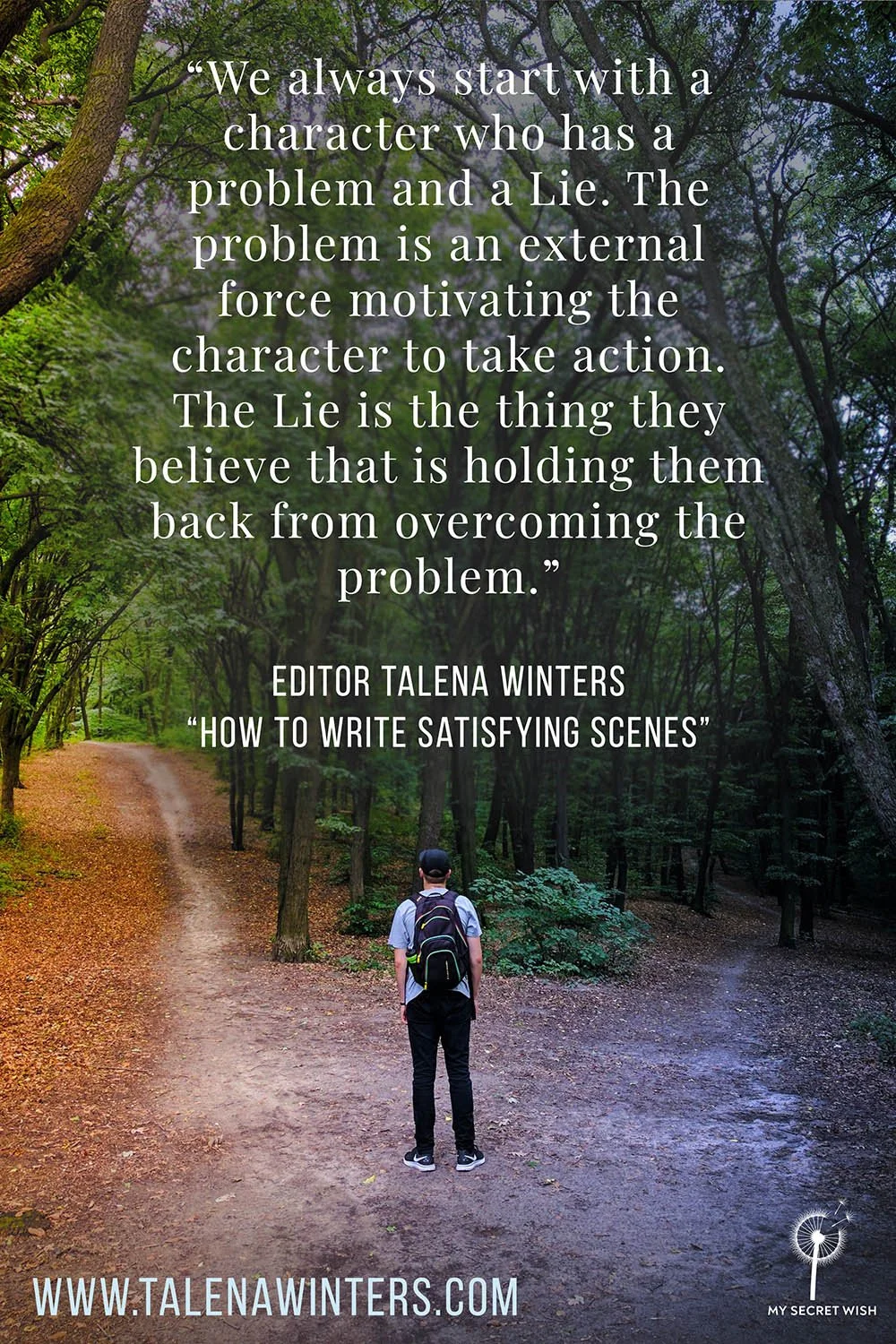
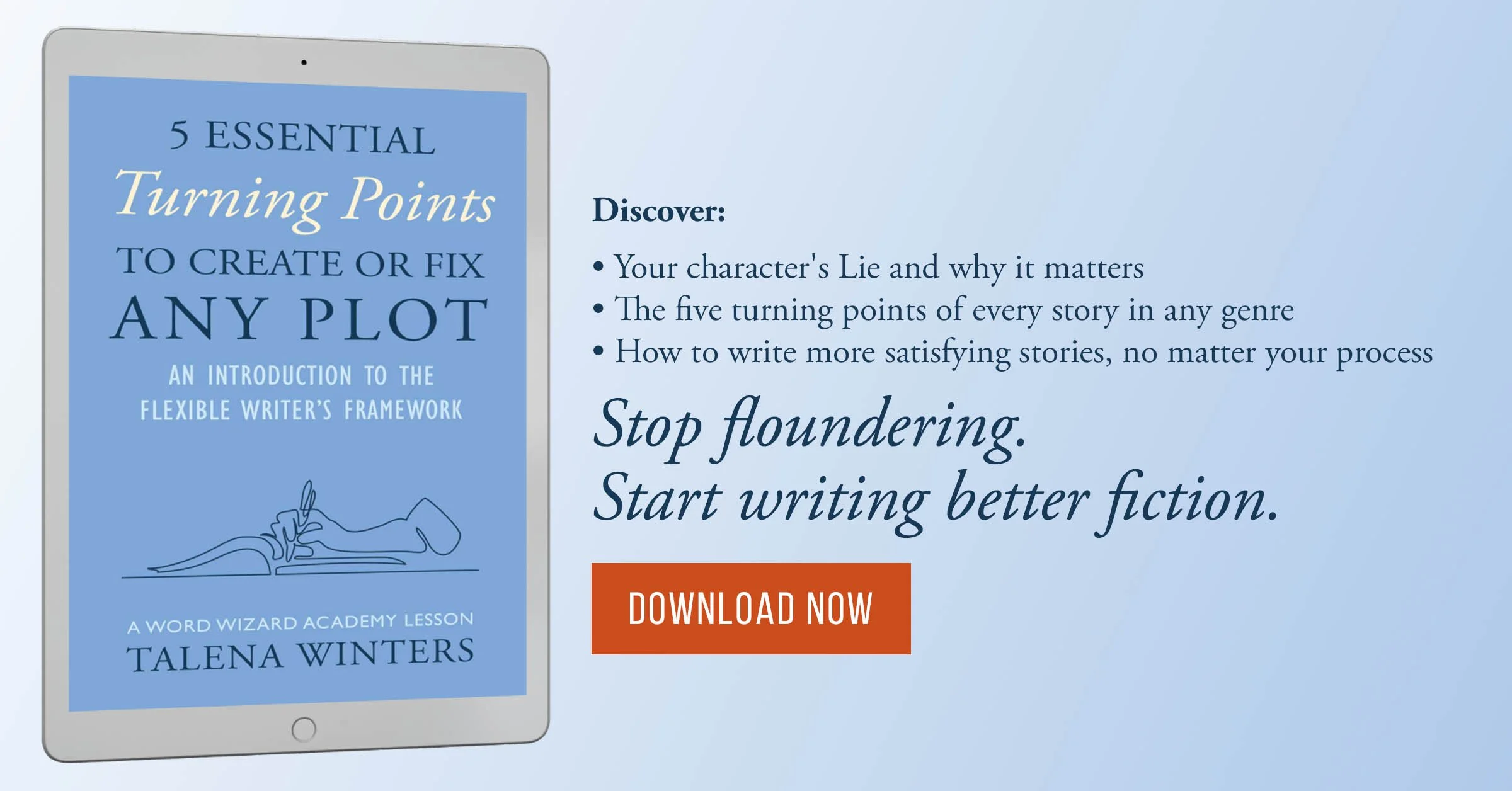

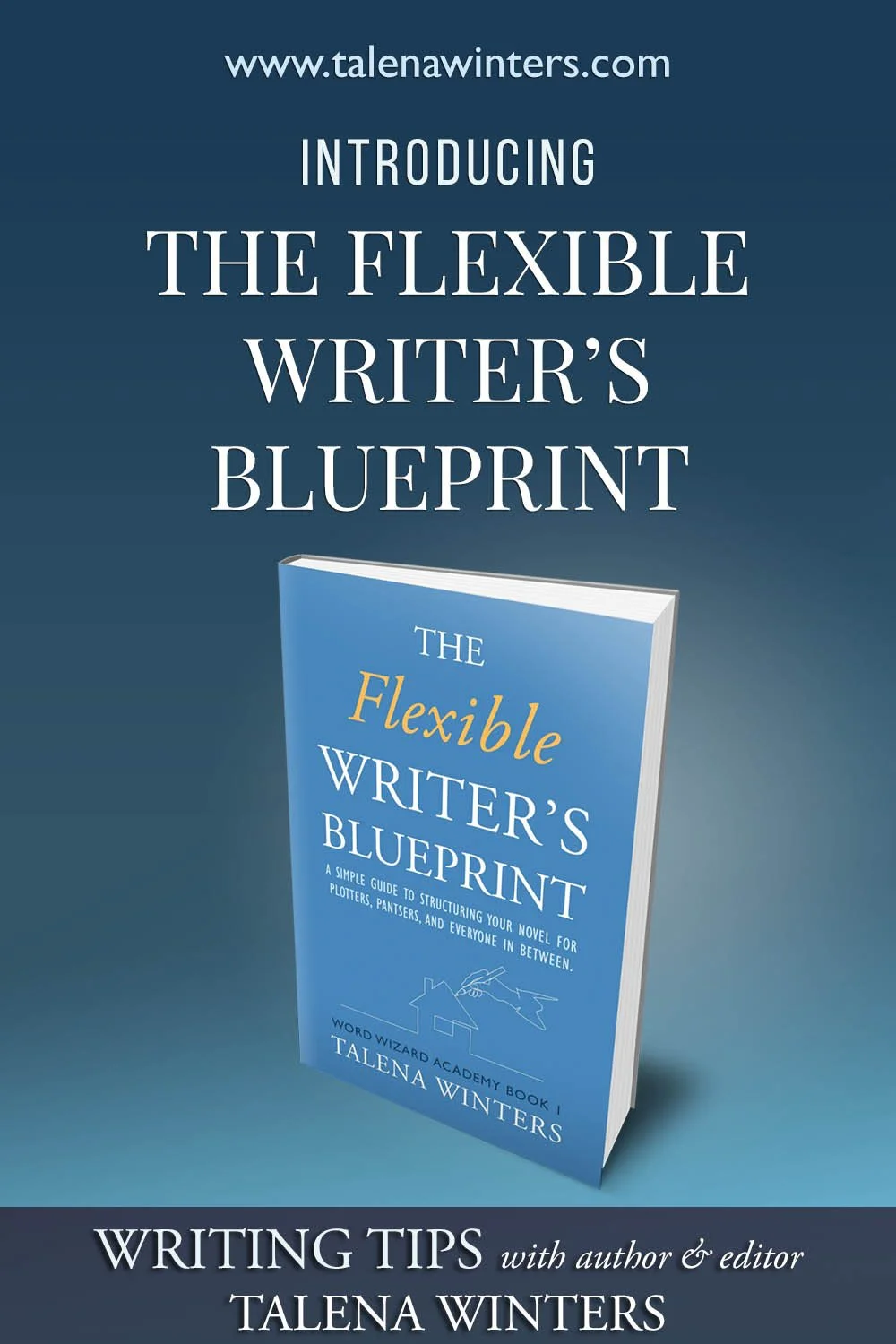



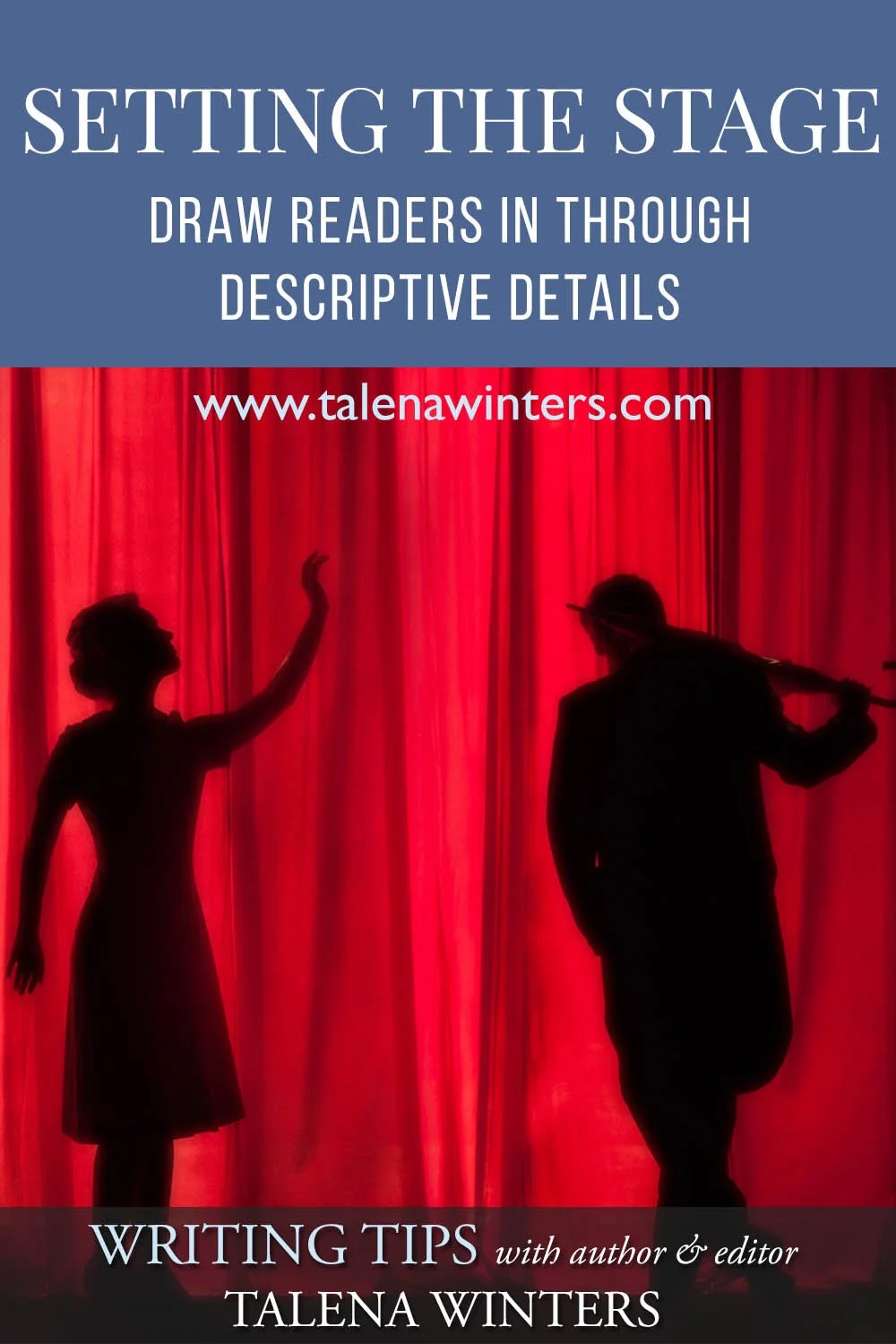

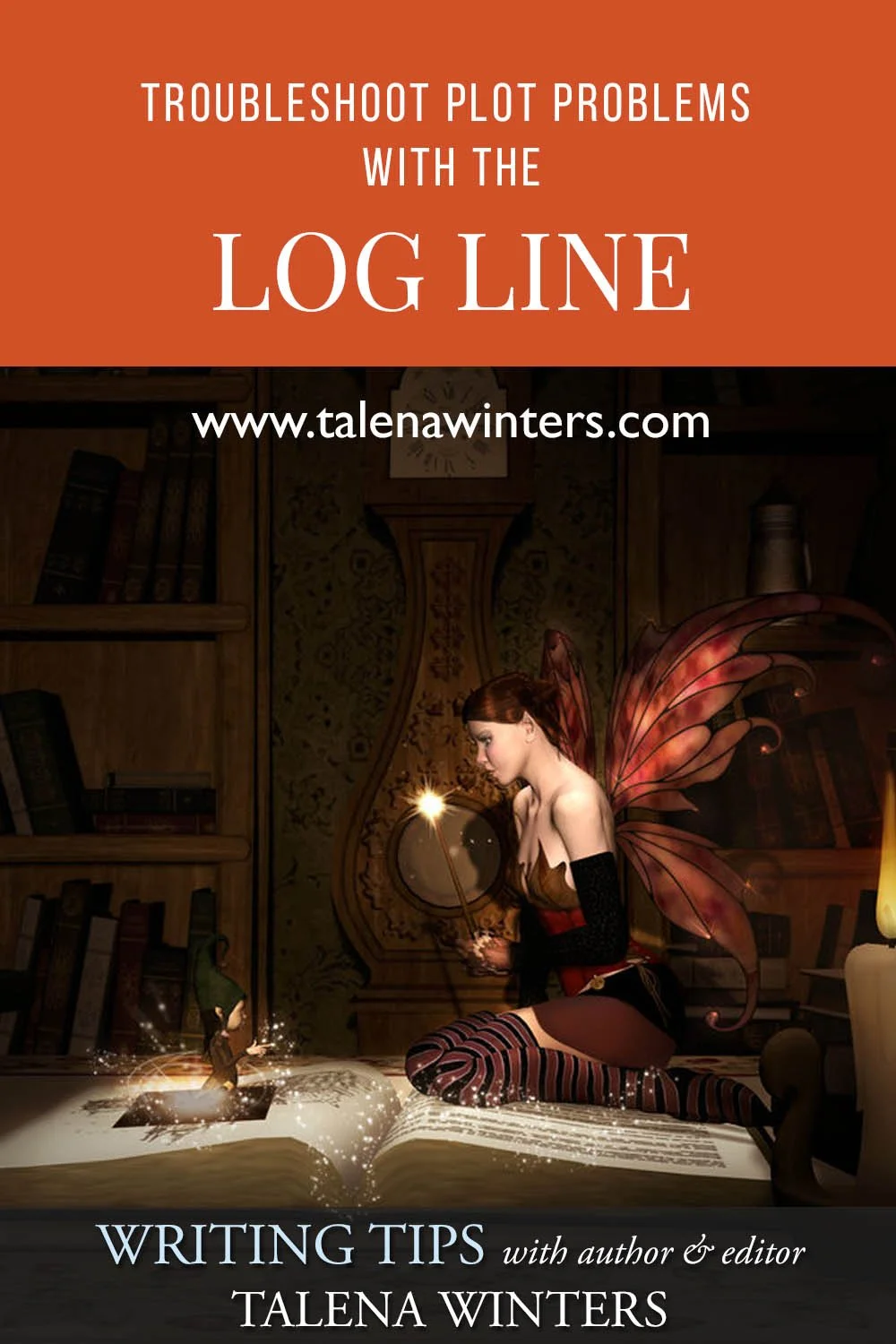

In this first post in the “Strong Beginnings” series, we’ll explore the promises made in a compelling first act that engross your reader so completely they don’t stop reading until they get all the way to the satisfying conclusion of your story.